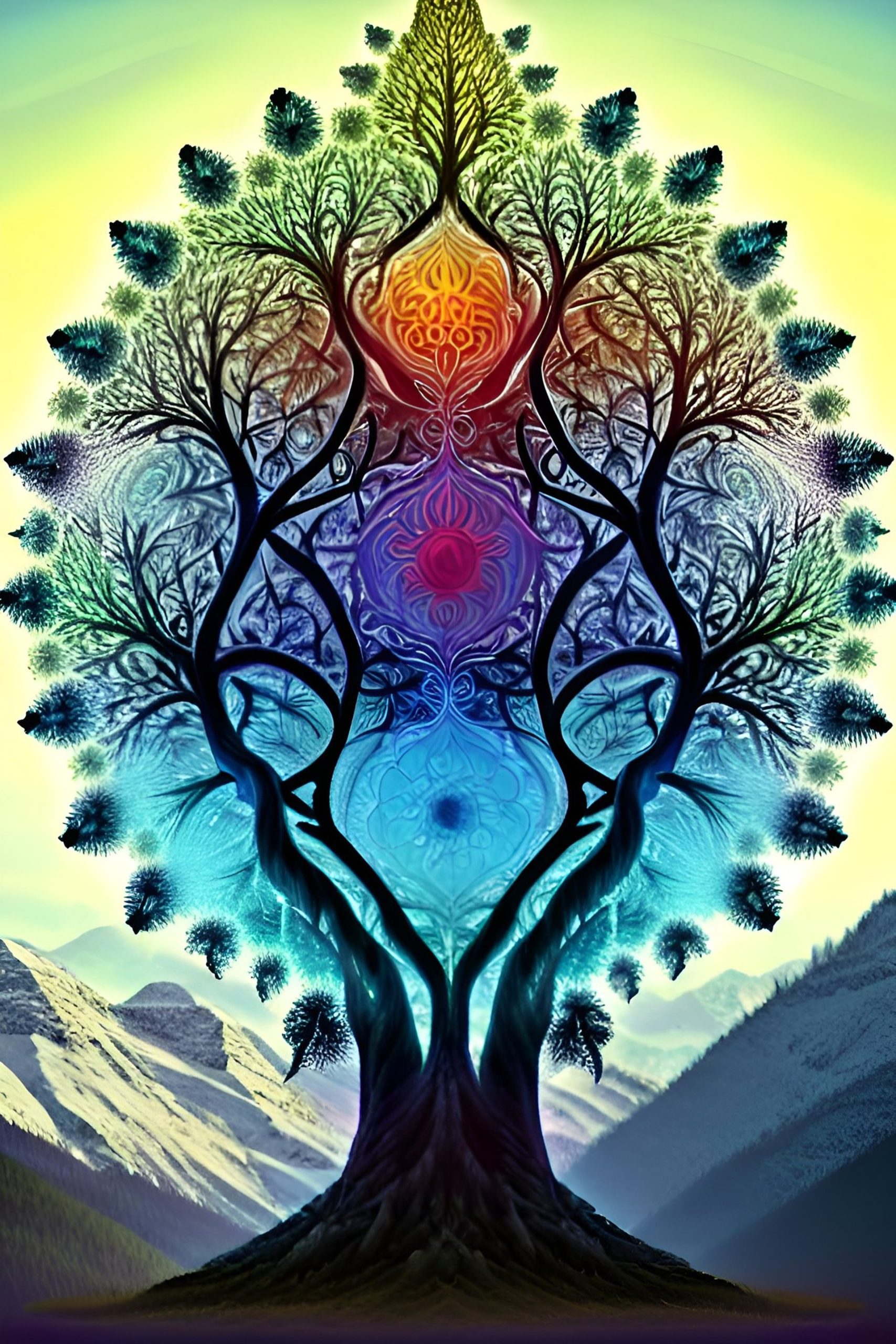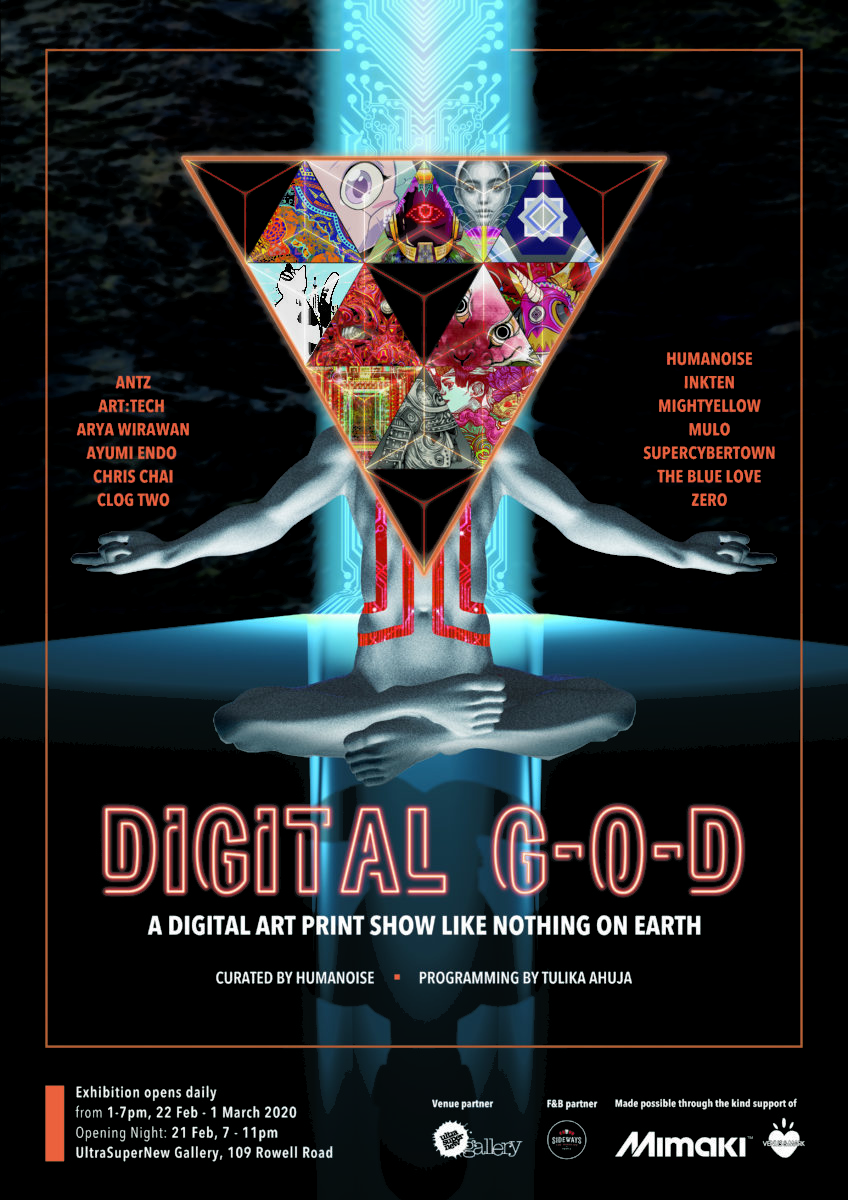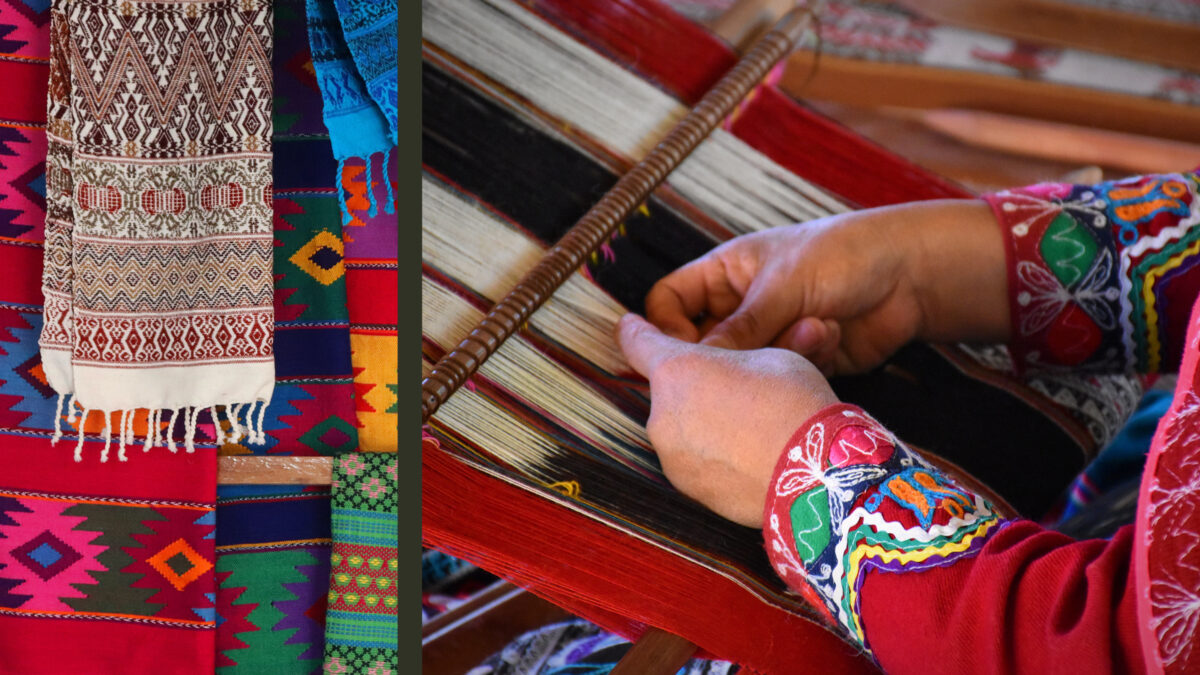Photography as a Means of Personal Expression: Capturing Emotions and Stories Through the Lenses
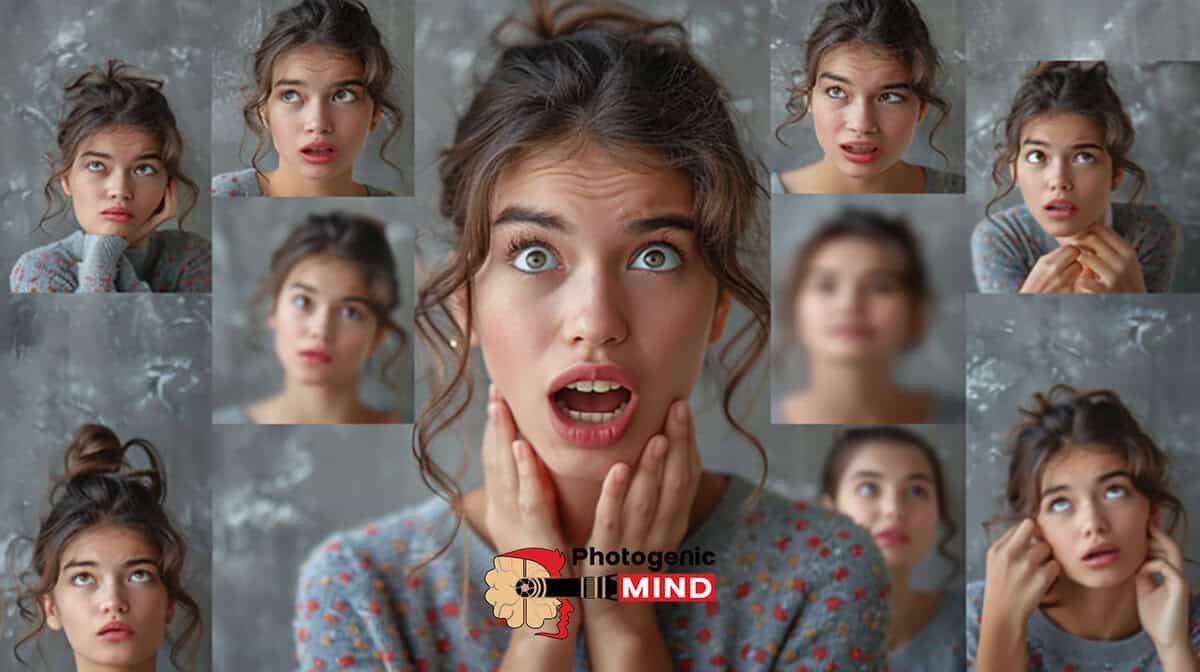
The Art of Capturing Moments
In a world saturated with imagery, photography stands out as a profound means of expressing the intricate tapestry of human emotions and stories. Through the lens, photographers can encapsulate moments that resonate with viewers, evoking feelings and thoughts that transcend words. Whether it’s a fleeting smile or a pensive gaze, each photograph has the power to tell a unique story.
Self-Expression
Artists often use photography as a tool for self-expression, exploring their subjects and revealing their innermost thoughts and feelings. For instance, consider the work of contemporary photographer Annie Leibovitz, whose portraits often convey the essence of her subjects by capturing candid moments that reflect their personality. This method not only allows the photographer to express their artistic vision but also invites viewers into intimate glimpses of life, portraying complexity in its truest form.
Storytelling
A poignant photograph can serve as a powerful narrative, encapsulating experiences that may go unnoticed in everyday life. Take, for example, photojournalism, where journalists like Steve McCurry, best known for his iconic “Afghan Girl” image, illustrate the plight and resilience of individuals living in challenging circumstances. Each image tells a story, inviting the audience to delve into the life and context of the subject, essentially expanding the viewer’s worldview.
Emotional Connection
Capturing real-life emotions fosters a response that can bridge cultural and social divides. Consider the tender moments seen in family photography, where milestones such as graduations, weddings, or even simple family gatherings are immortalized. These images resonate universally, highlighting shared experiences and ideals of family values, love, and connection. A photograph from a birthday party can evoke nostalgia in viewers, connecting them to their own personal history and emotions.
From the bustling streets of New York to the serene landscapes of Yosemite, each click of the shutter unearths deeper narratives. Photographers document life’s highs and lows, focusing on both vibrant celebrations and solemn occasions, ultimately emphasizing the beauty within struggle or joy. For instance, the contrast between heartwarming images of a diverse group of friends coming together for a concert or an intimate moment of reflection in nature can evoke a range of emotions, often prompting us to reflect on our own experiences.
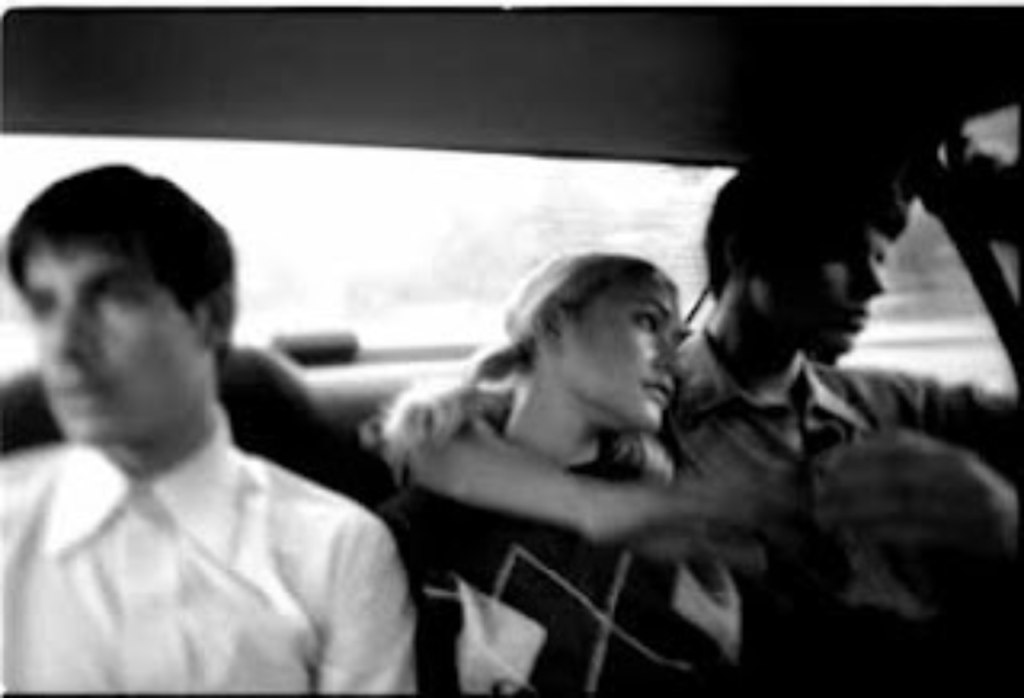
This journey through the lens invites you to explore how individuals utilize photography to shape their identity, communicate their perspectives, and connect with an audience eager to engage in the stories being told. As you consider the myriad ways photography impacts society and personal expression, it becomes clear that each image is not merely a snapshot but a chapter waiting to be uncovered, rich with potential to evoke thought, inspire discussion, and foster connections.
EXPLORE MORE: Click here to dive deeper
The Lens as a Reflection of the Soul
Photography is more than just capturing images; it is a powerful medium for personal expression that allows individuals to convey their emotions, perspectives, and narratives. Photographers become the storytellers of their own lives and the world around them, using the camera to transcend ordinary moments and transform them into profound visual statements. This journey often begins with an exploration of the self, as photographers seek to understand their identities through the practice of capturing unique moments in time.
Personal Reflection in Photography
Consider how personal experiences shape the photographs an artist creates. A photographer may reveal their struggles, triumphs, and evolving identity through a distinctive lens. For instance, in her series “The Notion of Family,” photographer Zanele Muholi captures LGBTQ+ individuals in South Africa, creating a powerful narrative that highlights issues of representation and acceptance. Each visual encapsulates an emotional depth that resonates with viewers, making them reflect on their own experiences and challenges.
Visual Language and Emotional Depth
Photography serves as a visual language that communicates feelings in ways words often cannot. Through composition, lighting, and subject matter, photographers can evoke a wide range of emotions, from joy and warmth to sadness and contemplation. It is the ability to freeze time and present a moment that speaks volumes about the human experience. A photograph of a child laughing can instantly bring warmth to the heart, while an image of a solitary figure in a bustling city can evoke feelings of isolation and introspection.
The Contemporary Self-Portrait Movement
The rise of digital technology and social media has brought about a significant transformation in the realm of personal expression through photography, particularly through the self-portrait movement. Modern artists now explore their identities and self-perceptions by crafting autobiographical narratives in their works. Photographers like Rineke Dijkstra have successfully incorporated self-portraits into their collections, depicting the transitional phases of youth while allowing audiences to relate their own stories to the visual captured. In this way, self-portraits have become a form of therapy for many, with the process of creating a photograph serving to strengthen one’s connection with their evolving self-image.
The Role of Community and Feedback
In addition to personal insight, photography creates space for dialogue and connection with others. Communities of photographers often share their work, providing valuable feedback that can enhance artistic development. Social media platforms like Instagram and Flickr serve as global galleries, where budding photographers can share their journeys and foster connections with audiences and fellow creators alike. Engagement with these communities can lead to collaboration, inspiration, and growth, encouraging individuals to expand their vision and cultivate a distinct voice.
Through these multifaceted lenses, photography paves the way for deeper exploration of the human psyche while simultaneously challenging societal norms. The art of capturing emotions and stories has become an essential tool for personal expression, inviting individuals to document the intricacies of their lives. As viewers, we are not just observers; we become part of the stories being told, drawn into the lives and experiences of others, challenging us to reflect on our shared humanity.
When it comes to photography, the significance of personal expression cannot be understated. Each image acts as a unique narrative, encapsulating emotions and moments that resonate deeply with both the photographer and the viewer. This medium serves as a powerful tool for storytelling, allowing individuals to communicate experiences that words may fail to convey. As photographers gaze through their lenses, they are not merely capturing visual elements, but rather unveiling the stories that lie beneath the surface. Photography allows for a form of introspection, enabling artists to explore personal themes such as identity, loss, love, and joy. The act of taking a photograph becomes a method of catharsis, providing a safe space to express vulnerability and raw emotion. For many, this process helps in understanding and processing their feelings, acting as a bridge between the artist’s inner world and their external reality.Moreover, the emotional connections established through photography can transcend cultural and linguistic barriers. A well-composed photograph can evoke empathy, sparking conversations and connections among diverse audiences. This universality of emotion highlights photography’s role as an important medium for social commentary, enabling conversations about societal issues, and encouraging communal reflection and discussion.As you delve deeper into the world of photography, you will discover varied styles and techniques that enhance personal expression. From candid portraits that capture genuine moments to abstract compositions that challenge perceptions of reality, each approach offers unique pathways through which emotions and stories are shared. As aspiring photographers embark on this journey, they are invited to explore their creative voice, harnessing the power of light, composition, and color to amplify their narratives.Engaging with the vibrant world of photography can ignite passion and curiosity in anyone willing to express their stories. The thrill of capturing an ephemeral moment, the intimacy of connecting with a subject, and the joy of sharing one’s artistic vision become integral to the photographer’s experience and growth. This exploration of self-expression through lenses opens doors to new opportunities, ultimately enriching life’s tapestry with distinctly personal and poignant perspectives.
DISCOVER MORE: Click here for innovative crafting techniques
Finding Identity Through the Viewfinder
The journey of self-discovery through photography often leads individuals to confront complex emotional landscapes. By venturing into the world with a camera in hand, photographers can explore not only their own experiences but also invite audiences to engage with layered narratives. A prime example of this is the American photographer Elinor Carucci, whose intimate images depict the intricacies of motherhood, love, and loss. Through her lens, she captures the vulnerable yet transformative moments that define her identity and experiences, encouraging viewers to connect deeply with their own familial relationships.
Photography as a Transformative Experience
The act of photographing can be a form of therapy, allowing individuals to process their emotions and gain insights into their experiences. This transformative power has been recognized in various therapeutic settings, where photography is used as a means to help individuals articulate their feelings and personal stories. Art therapy that incorporates photography has been shown to assist those struggling with mental health issues by providing them with a creative outlet for self-expression. Programs like PhotoVoice empower at-risk communities by enabling participants to document their realities, leading to increased awareness and advocacy through visual storytelling.
Photographic Activism
Photography not only serves as a tool for personal expression but also as a means of activism. Photographers like Gillian Laub tackle social issues such as race, gender, and human rights through their work. Laub’s series “Southern Rites,” which focuses on the complexities of race relations in the American South, illustrates how a photograph can challenge societal norms and generate discussions about prejudice and inequality. Here, photography becomes a vessel for change, offering a platform to voices traditionally marginalized in mainstream narratives.
The Impact of Diverse Perspectives
One of photography’s strengths lies in its capacity to bring forward diverse perspectives that enrich the collective understanding of personal narratives. Through the lens of documentary photography, artists like Steve McCurry have captured iconic images that underscore the nuances of cultural identity and human emotion. His famous portrait of the “Afghan Girl” not only speaks to resilience and struggle but encapsulates the essence of empathy that photography can instill in its viewers. By allowing other cultures and stories to permeate the visual space, photography helps break down barriers, fostering a greater appreciation for human experiences across the globe.
Innovative Techniques and Creative Exploration
As technology continues to evolve, so too does the medium of photography, expanding the avenues through which personal expression can flourish. Techniques such as double exposure and photographic manipulation provide artists with innovative ways to express complex emotions and layered stories. Artists like Brooke Shaden push the boundaries of traditional photography, creating dreamlike images that encapsulate inner struggles and fantasies. This artistic experimentation not only opens up new possibilities for self-expression but also invites audiences to interpret and connect with the underlying emotions conveyed.
Ultimately, photography serves as a bridge between individuals and their most profound experiences. As a medium that continuously evolves and adapts, it offers a canvas for both personal reflection and broader societal commentary. As photographers engage with their environments and the stories they wish to tell, they invite us all to consider the diverse emotional landscapes that shape our collective human experience.
DISCOVER MORE: Click here for delicious local recipes
Conclusion: The Power of Photography in Personal Expression
In conclusion, photography emerges as an extraordinary medium that transcends mere visual representation to become a profound means of personal expression. It connects the photographer’s inner world with the external environment, allowing them to convey layered emotions and intricate narratives. The transformative nature of this art form reinforces its ability to facilitate emotional healing and foster understanding in both the artist and the audience. From intimate portraits that depict the vulnerabilities of human relationships to engaging visual activism that challenges societal norms, photography carves a unique space for diverse narratives to unfold.
As we delve deeper into the realm of photography, it is evident that the medium evolves in tandem with technology, continually enhancing the ways individuals can communicate their stories. Innovative techniques invite creative exploration, encouraging artists to push boundaries while inviting viewers to embark on their own journeys of interpretation. Moreover, the impact of diverse voices amplifies our collective human experience, enabling a broader appreciation of cultural identities and emotional complexities.
Ultimately, photography serves as a compelling engine for storytelling, urging us to reflect on our own emotions and experiences. Whether as a hobby or a profession, engaging with photography can provide a deeper understanding of ourselves and the world around us. As we embrace this art form, we participate in a shared dialogue that celebrates the beauty and complexity of human existence, reminding us all of the stories waiting to be captured through the lens.
